William Armstrong established a huge armaments factory in Elswick, west of Newcastle. The Elswick Works was established in 1847 to manufacture hydraulic cranes as well as guns for both the army and the navy.
From these relatively humble beginnings, the company diversified into many fields including shipbuilding, armaments, and locomotives. By 1953, the Elswick Works covered 70 acres and extended over a mile along the River Tyne. This set of images, mostly taken from our Vickers Armstrong collection, includes fascinating views of the factories at Elswick, the products they produced and the people that worked there.
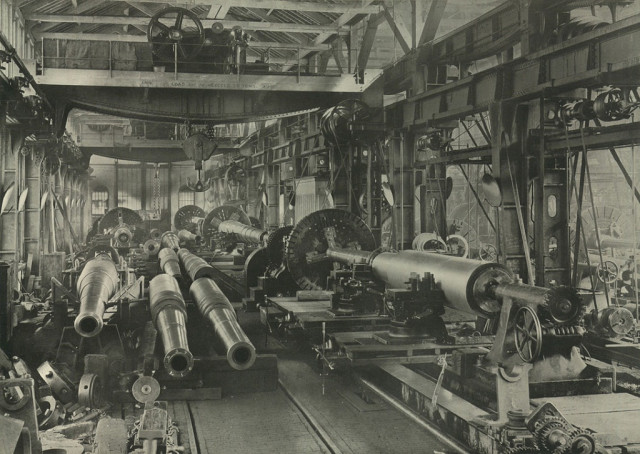
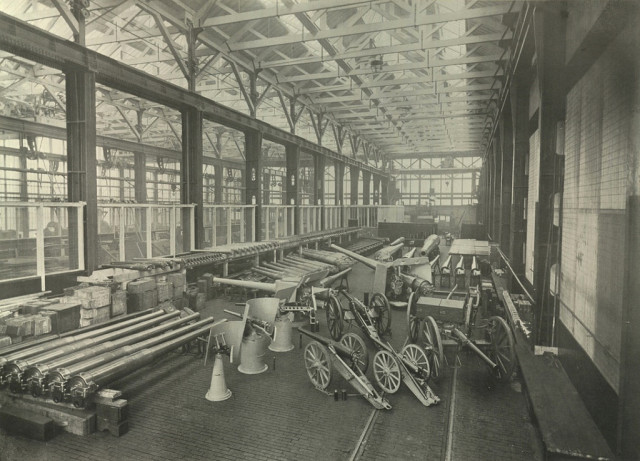
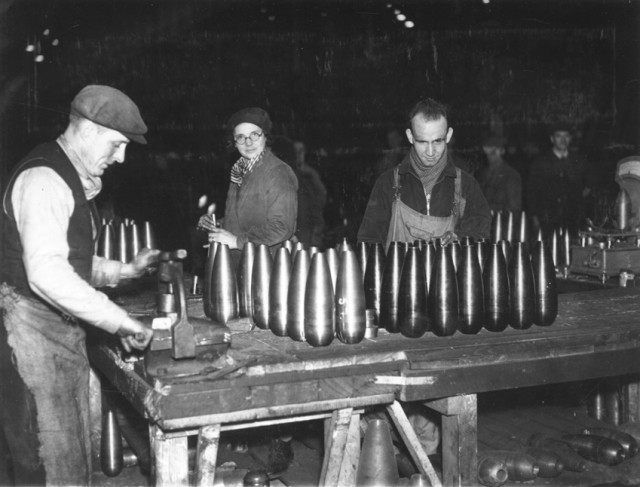
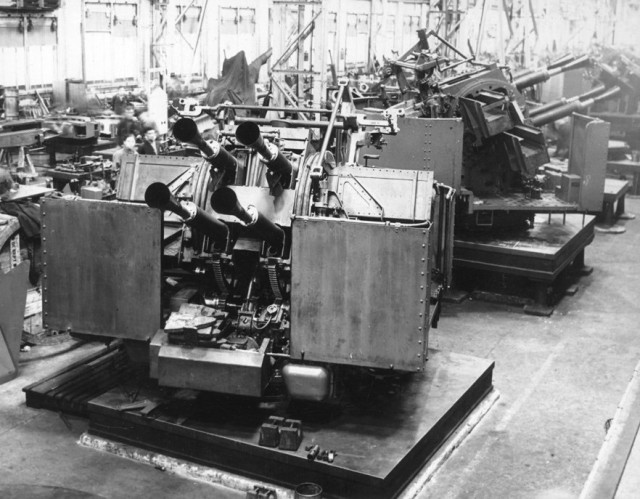
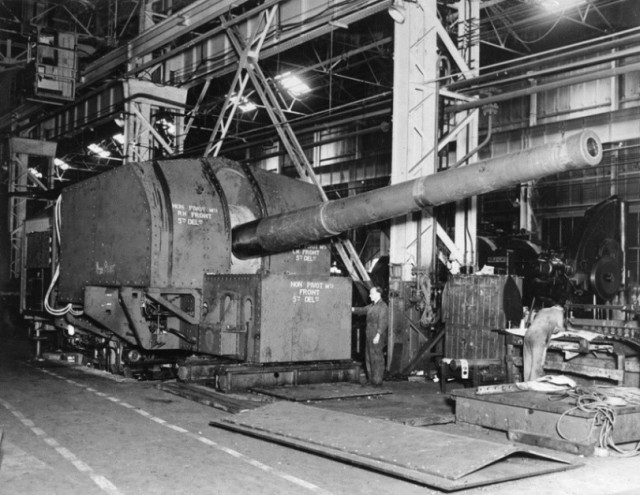
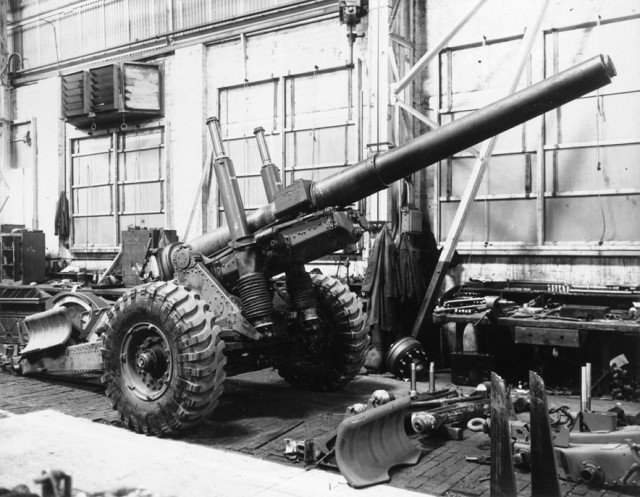
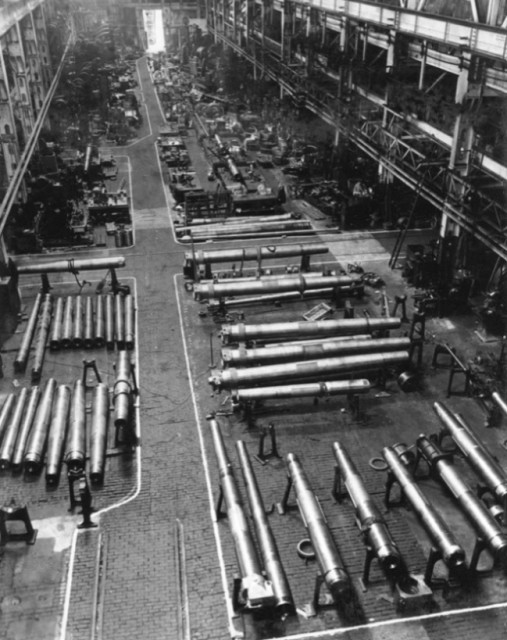
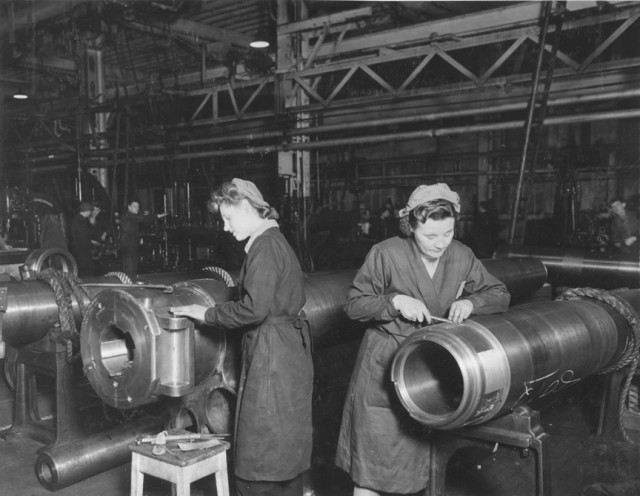
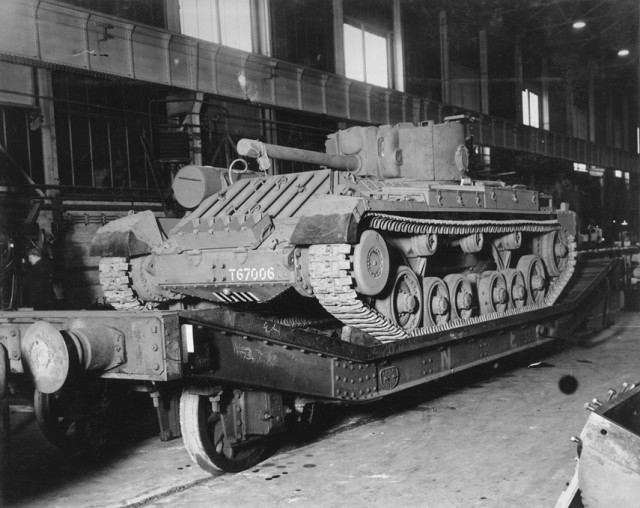
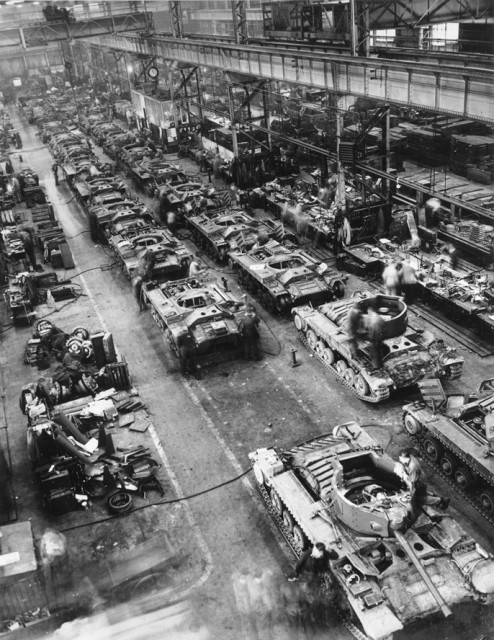
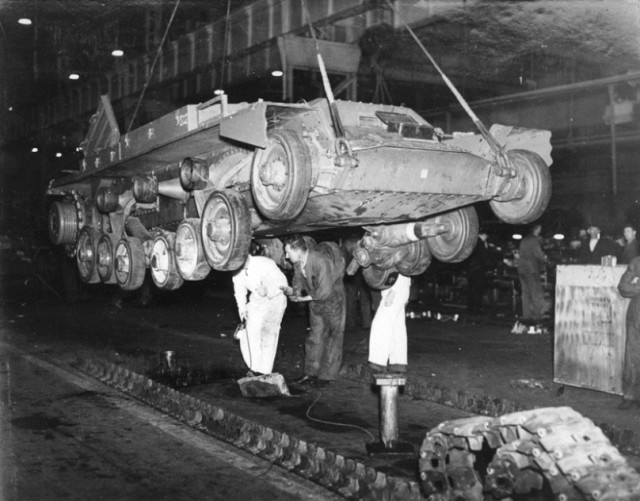
Cannons and other armament were produced by the Elswick Ordnance Company, the armament division of Armstrong Whitworth.
The Elswick Ordnance Company (sometimes referred to as Elswick Ordnance Works, but usually as “EOC”) was originally created in 1859 to separate William Armstrong’s armaments business from his other business interests, to avoid a conflict of interest as Armstrong was then Engineer of Rifled Ordnance for the War Office and the company’s main customer was the British Government. Armstrong held no financial interest in the company until 1864 when he left Government service, and Elswick Ordnance was re-united with the main Armstrong businesses to form Sir W.G. Armstrong & Company. EOC was then the armaments branch of W.G. Armstrong & Company and later of Armstrong Whitworth.
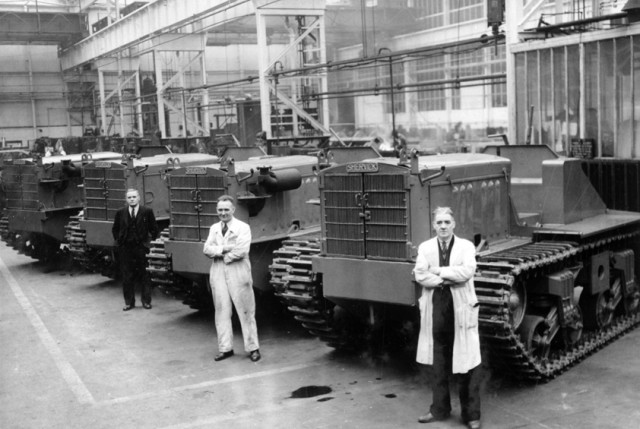
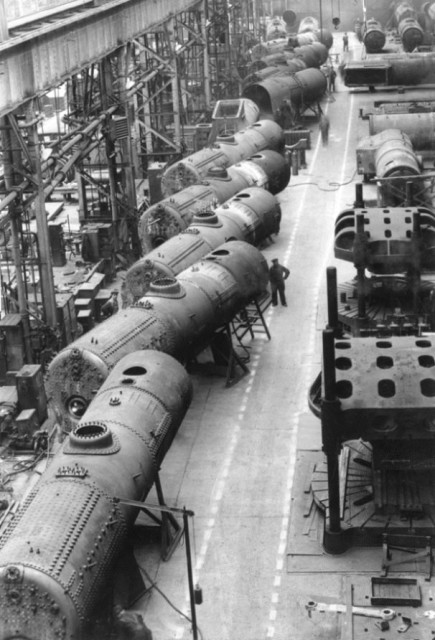
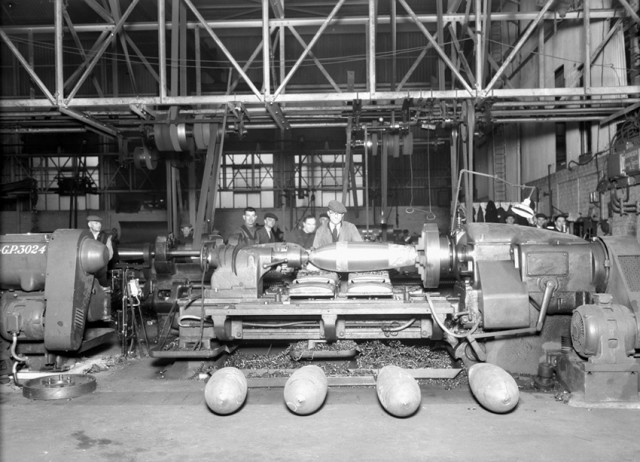
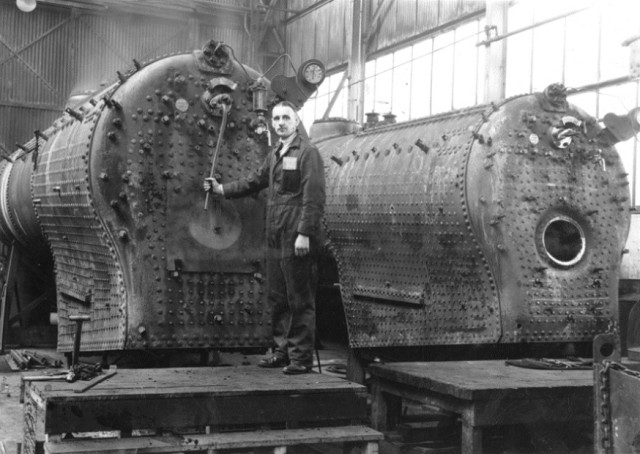
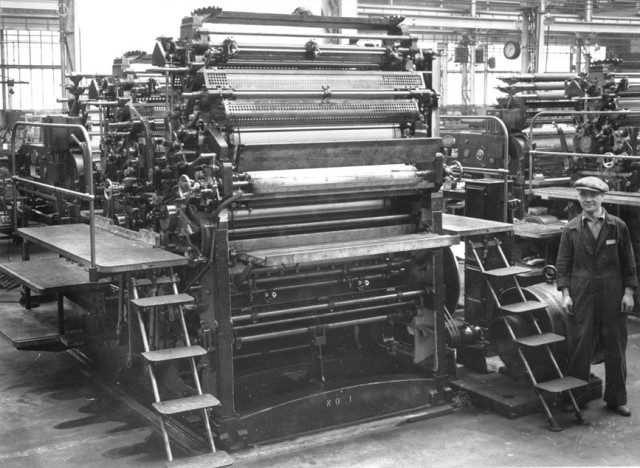
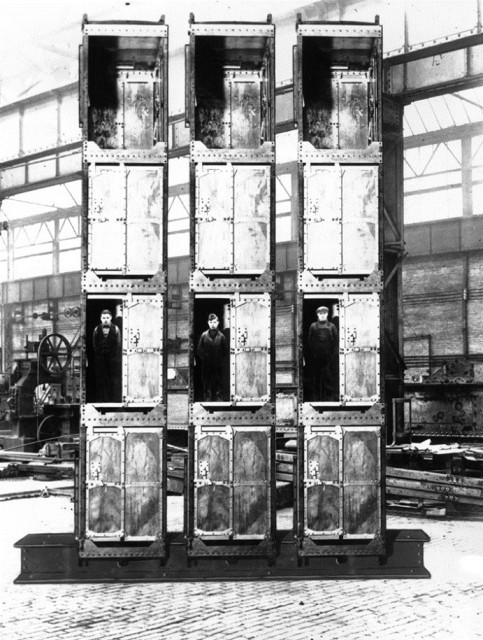
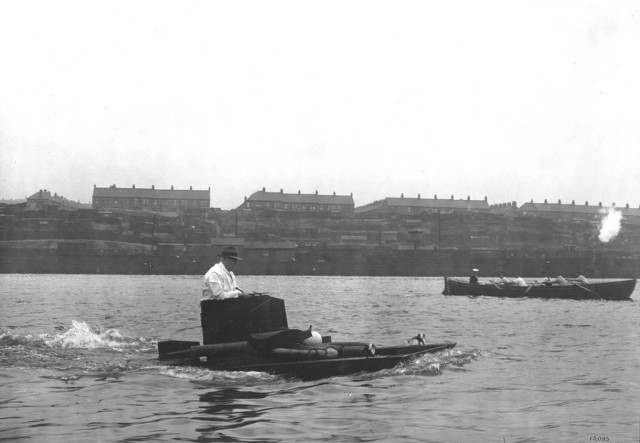
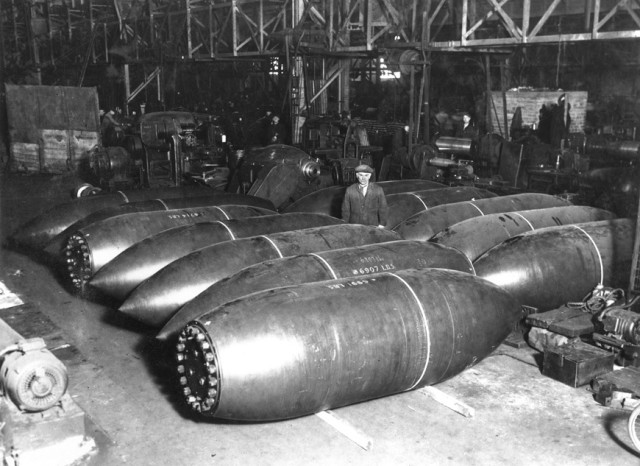
EOC’s main customer in its early years was the British Government, but the Government abandoned “Armstrong guns” in the mid-1860s due to dissatisfaction with Armstrong’s breech mechanism, and instead built its own rifled muzzle-loaders at Woolwich Arsenal (“Woolwich guns”) until 1880. This forced EOC to survive on export orders for both muzzle-loaders and breech-loaders until the 1880s when the British Government again began buying guns from EOC, this time rifled breech-loaders with more robust interrupted screw breech mechanisms such as the de Bange system and its successors.
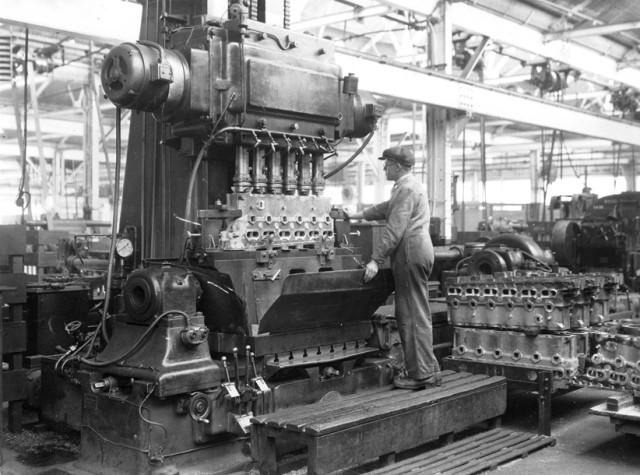
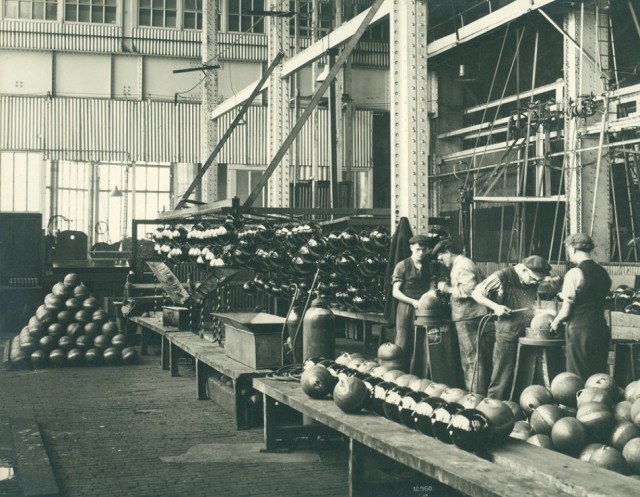
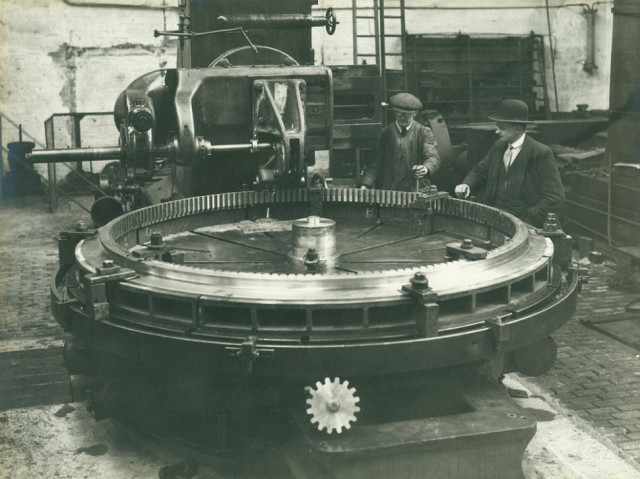
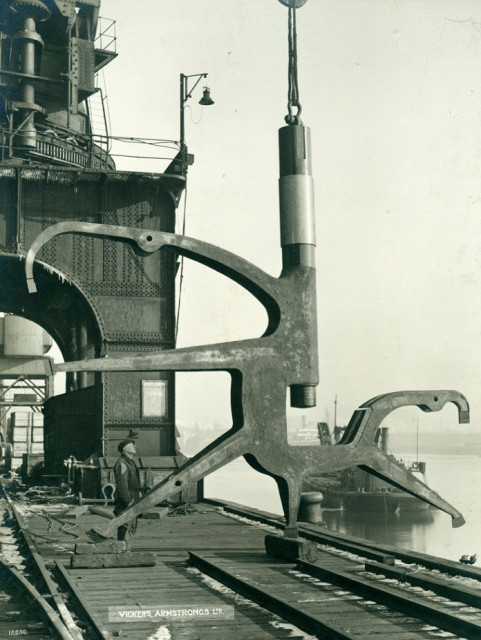
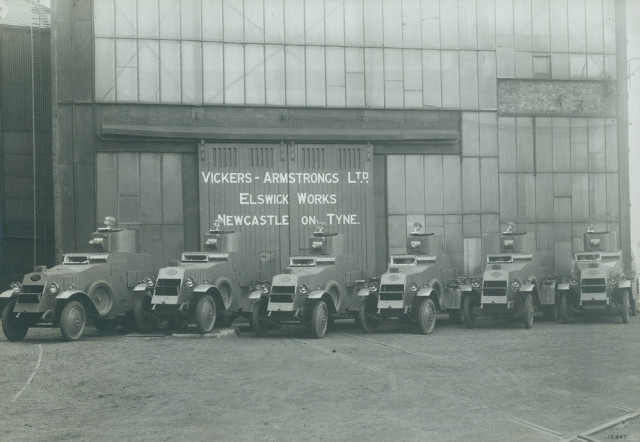
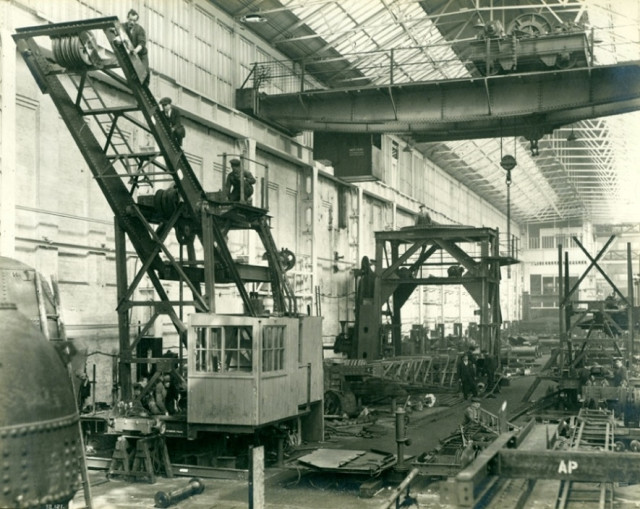
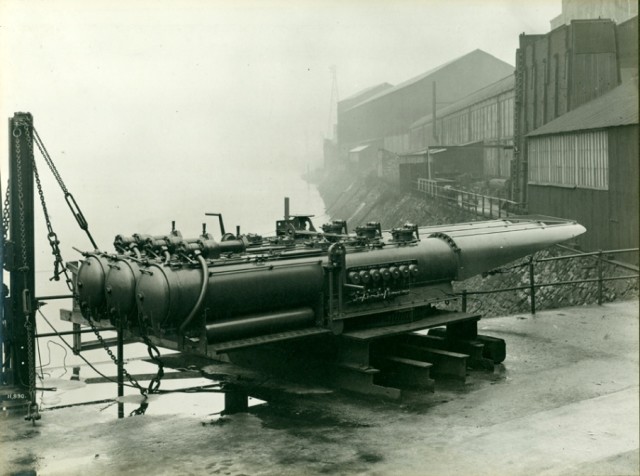
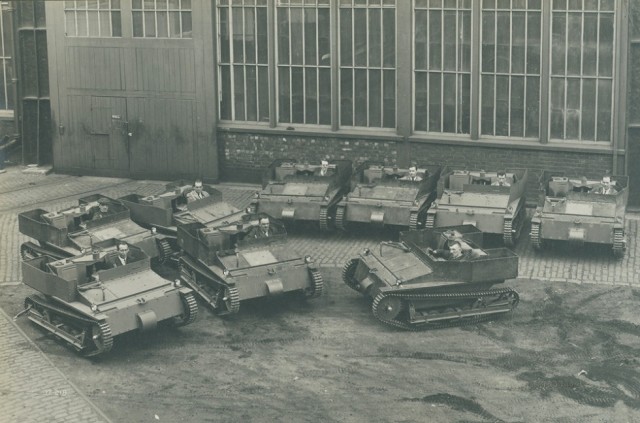
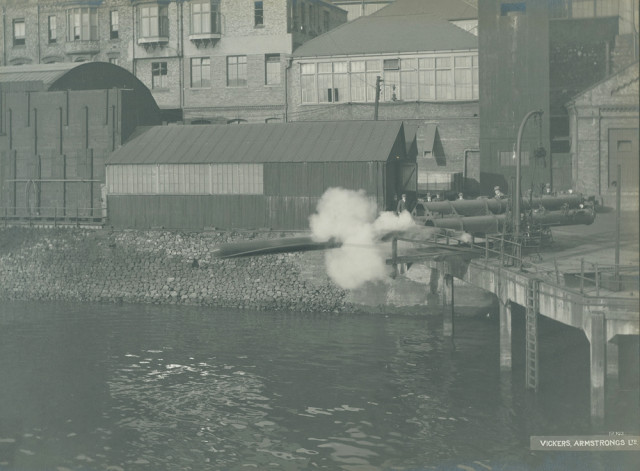
In 1882, it merged with the shipbuilding firm of Charles Mitchell to form Armstrong Mitchell & Company and at the time, its works extended for over a mile (about 2 km) along the bank of the River Tyne. Armstrong Mitchell merged again with the engineering firm of Joseph Whitworth in 1897. The company expanded into the manufacture of cars and trucks in 1902 and created an “aerial department” in 1913, which became the Armstrong Whitworth Aircraft subsidiary in 1920.
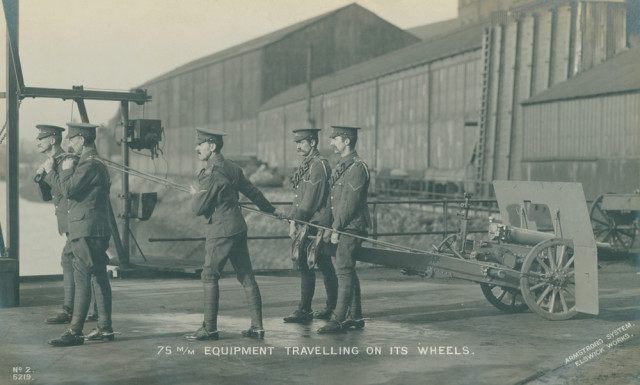
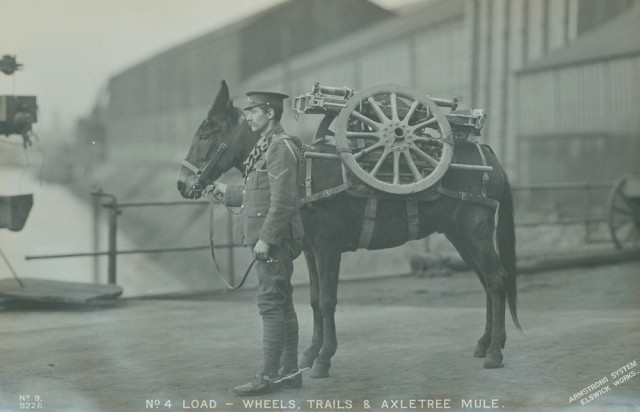
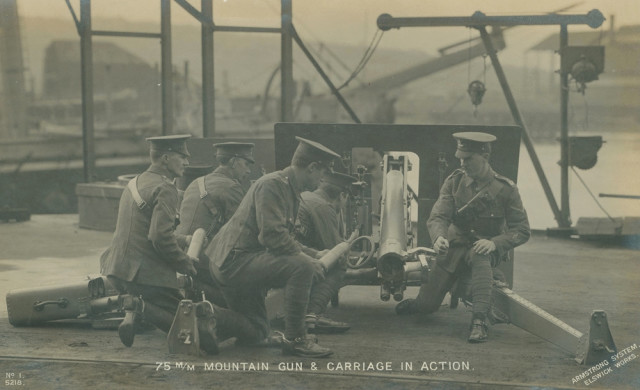
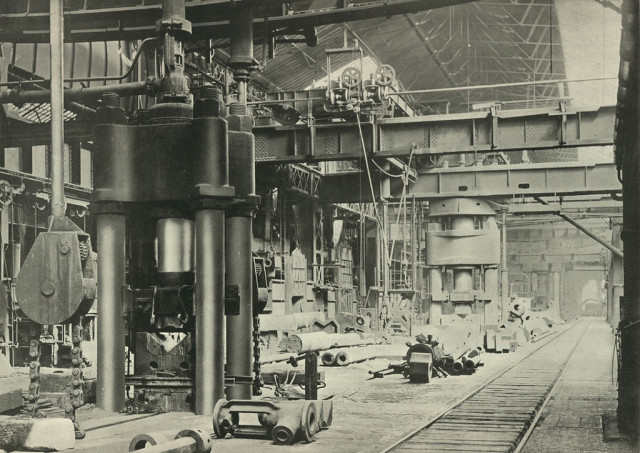
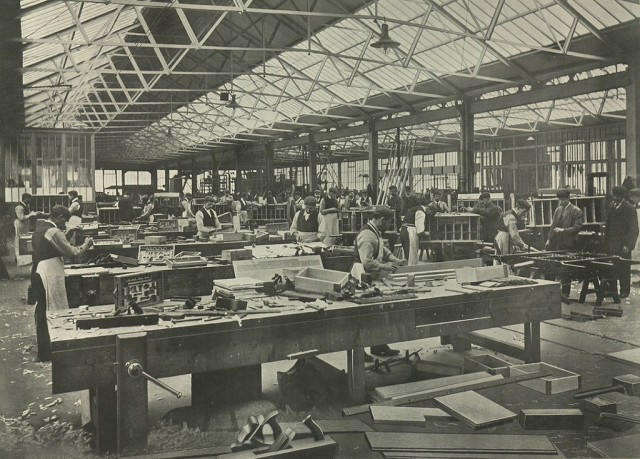
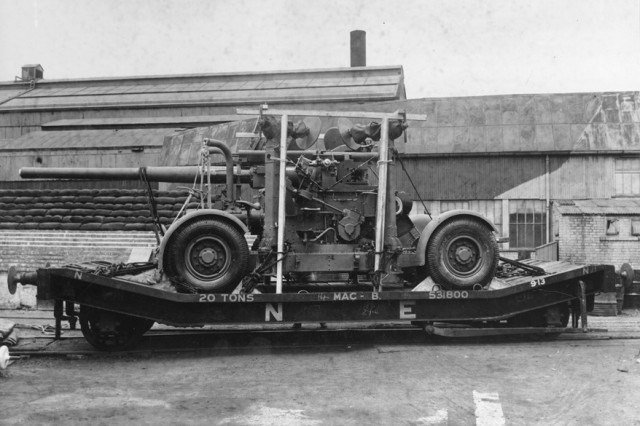
Elswick Ordnance was a major arms developer before and during World War I. The ordnance and ammunition it manufactured for the British Government were stamped EOC while guns made for export were usually marked “W.G. Armstrong”.